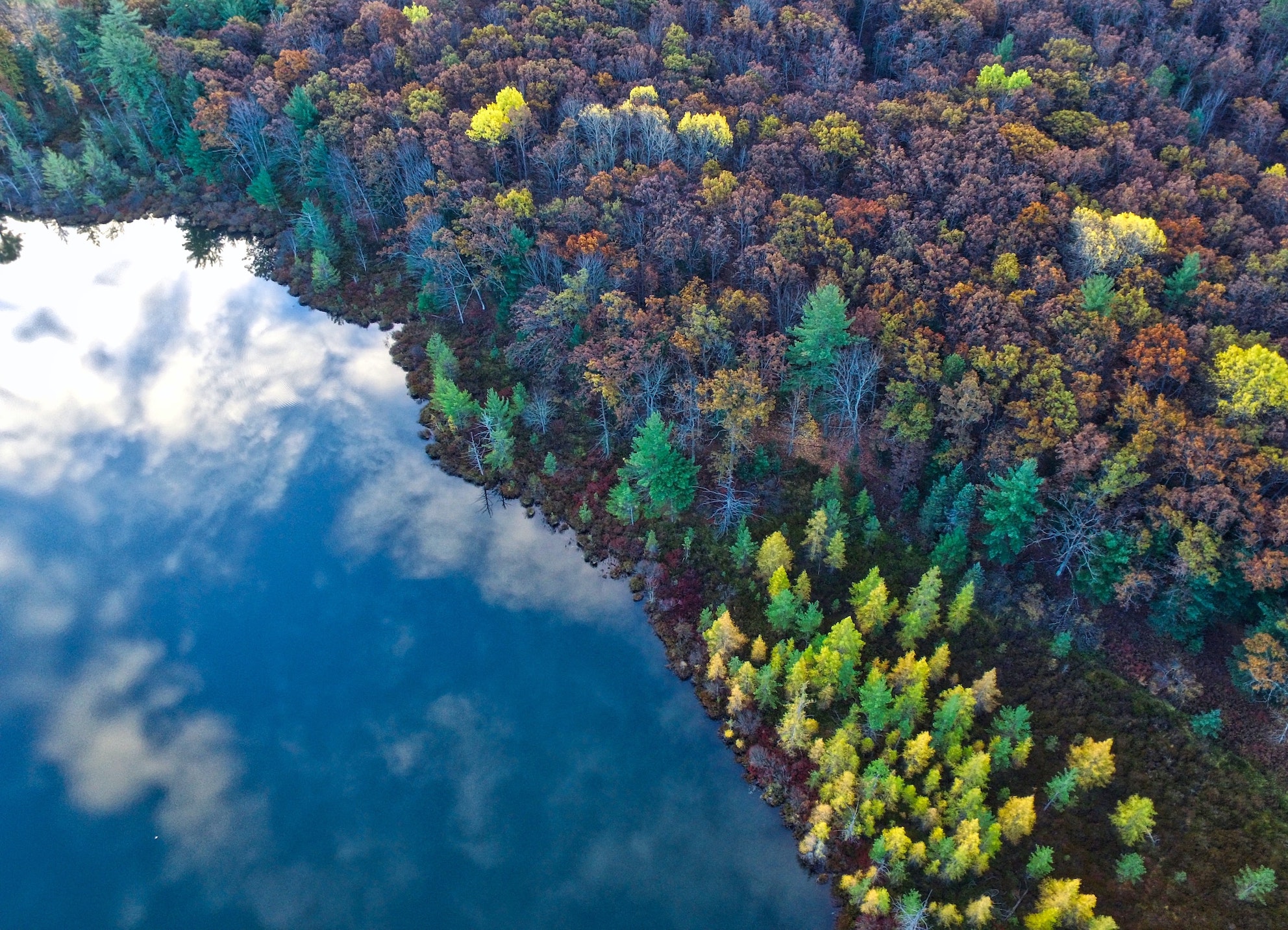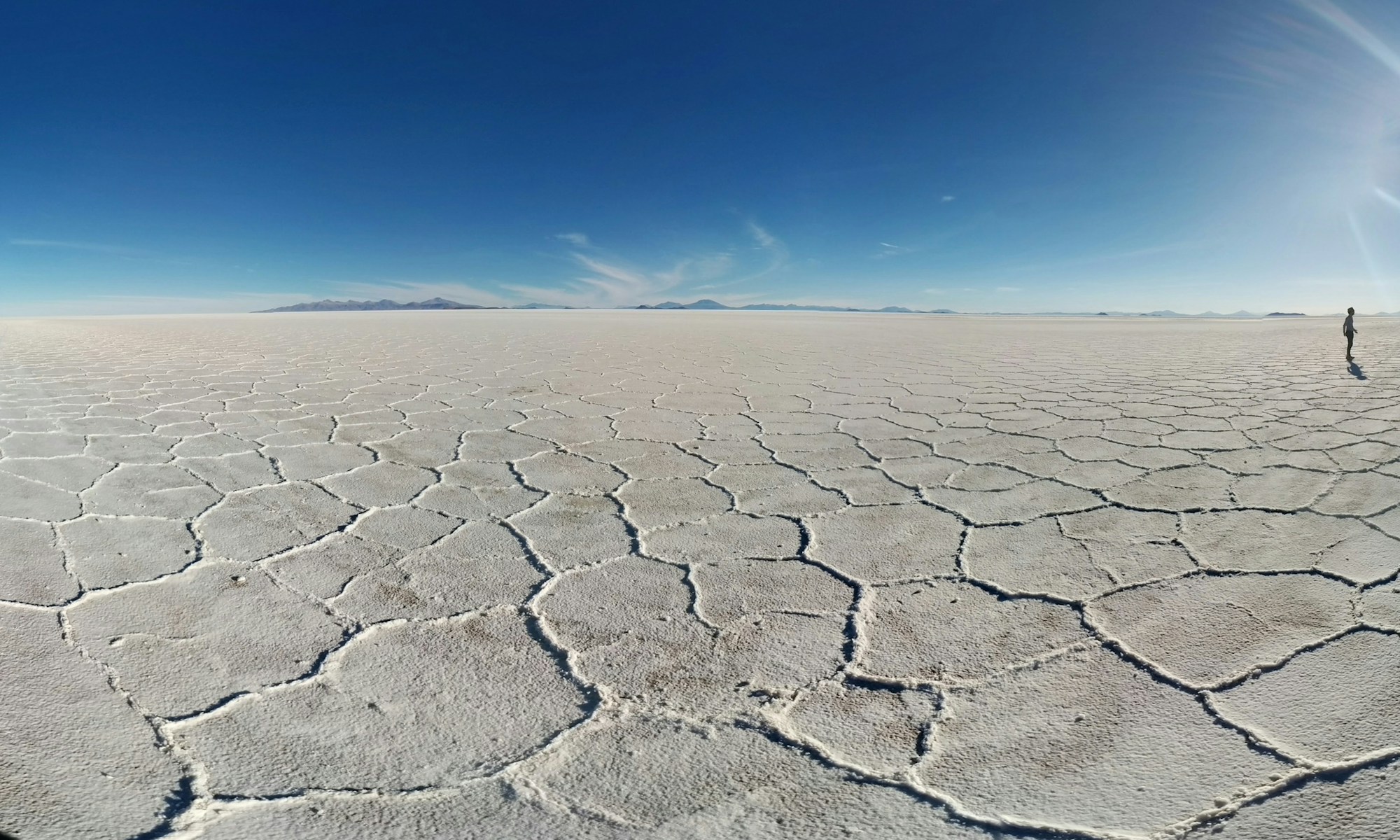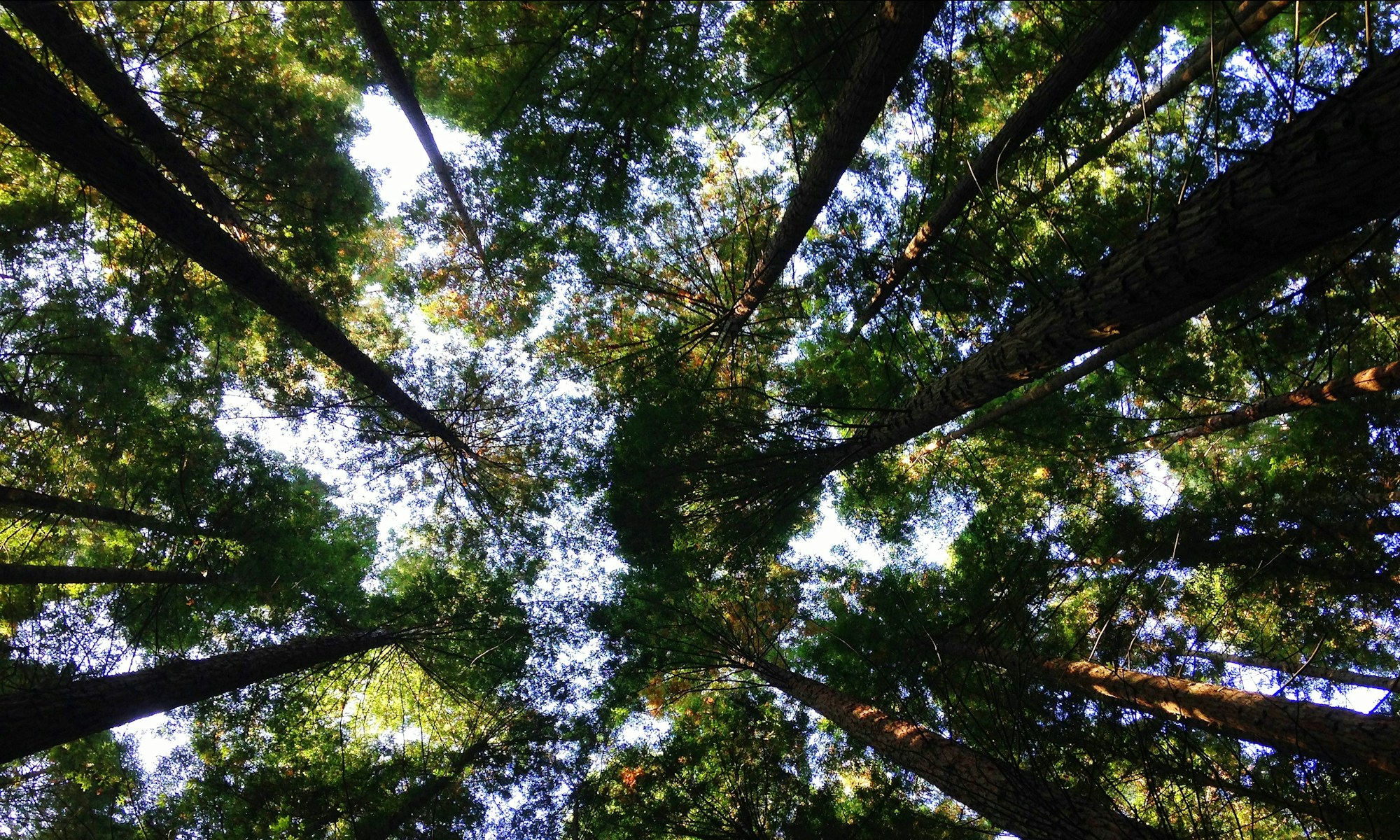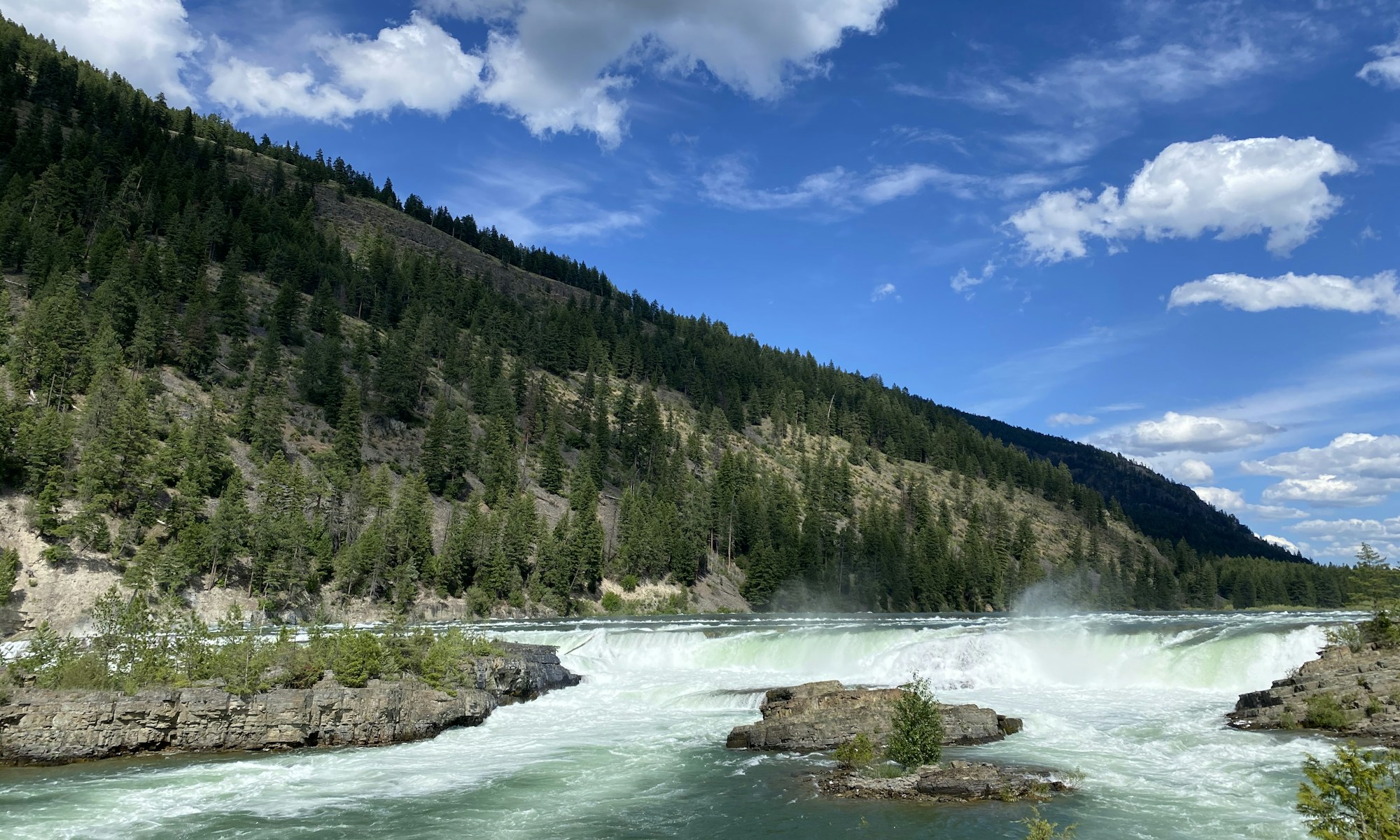24 July 2022 – Sara Sam-Njogu
Over the past few decades, it appears that meaningful international action towards mitigating climate change has been hard to come by. Even less ground has been covered when addressing the increasingly prevalent issues around climate migration. If no action is taken, the World Bank estimates that more than 143 million people will be displaced by 2050 – largely impacting the most marginalized and disadvantaged global communities.[1]
Climate change is defined as a “wicked problem” – so vast and complex that it seems impossible to resolve due to the multiple interdependent factors at play.[2] However, one simple overarching principle is necessary if we, as an interdependent world, are to bring about justice for those affected and displaced by climate change: empathy.
Why Should Policymakers Apply Empathy?
Applying empathy to climate change policy is a fundamental starting place [3], especially if world leaders hope to move beyond the political tug-of-war to establish long-term climate justice. Without it, they are likely to develop approaches that only benefit countries in the Global North in the short-term.[4]
There is a surprisingly simple theoretical concept that could be used by world leaders to apply empathy in their decisions on climate change policy. This concept is so intuitive that my daughters use it without any prompts. When they pull the last coveted cookie from the jar, they instinctively understand the fairness in one of them cutting the cookie while the other chooses which half to take. When she who holds the knife doesn’t know which half she will get, she is incentivized to make the split as even as possible. Cut the left side larger, and she is sure to be stuck with the smaller right side when her sister gets the first pick.
This basic concept has been the subject of the late 20th century political philosopher John Rawls, who defines it as the “original position”[5]. Rawls believed that when dealing with a specific issue, the decision maker is behind a “veil of ignorance”, because when determining the most effective path forward they are not sure which end of the policy they will ultimately be on, nor the timeframe over which the issue may occur. Cut the cookie unequally, and they could be left with the smaller half once the veil is lifted and their position is revealed.
When it comes to climate change in particular, the veil becomes so opaque that it even obscures important external factors. This is especially true when considering the extent to which various geographical regions will be affected by climate change, despite recent advancements in scientific models which can predict these factors[6]. So how might the effects of climate change develop over time?
Looking Beyond the Veil
With these unknown issues at play, the application of Rawls’ thought experiment becomes somewhat more clear. Climate policy makers represent different countries from around the world, with some of those countries being destinations for migrants, while others are the heavily affected locations those migrants must leave behind. As they come together, these policy makers are faced with a question they have never comprehensively addressed: under what circumstances should migrants whose own home countries have been made unlivable as a result of rising sea levels, unbearable temperatures, or drought be allowed entry into lesser-affected countries?
Immigration is a heated political topic for many countries in the Global North, including the United States [7], with policymakers facing intense scrutiny from all sides. In order to apply Rawl’s original position framework, the policymaker has to decide on an appropriate policy without truly knowing which position they will occupy – either at present or in the future. While it might seem politically desirable for the receiving country to limit climate-induced migration, the decision maker might find that once the veil is lifted, they may also be in the same position as the migrant at some point in time. Placing oneself on both sides of the situation, especially before adopting any appropriate policies, is crucial to achieving a just result.
Further complicating this dilemma are the inherent quirks within the human response of empathy. For one, humans have a tendency to worry more about today than tomorrow, even though our children will live in the tomorrow which we shape.[8] Moreover, we paradoxically feel more moved to help a single person in need, but when large groups of people are in danger, our empathy and compassion can “collapse”.[9] Ultimately, this could mean that climate change decision makers are working against their own natural impulses. They are tasked with establishing policy to protect populations in the long-term, which in the Global North can be perceived as protecting large, faceless groups of people from other parts of the world.
However, studies have shown some success in overcoming this empathy gap, mainly by viewing climate change through a political lens, as opposed to a purely scientific one.[10] This feels unsatisfying, because many believe the biggest barrier to meaningful progress is precisely a political one.[11] It is far from clear how to overcome this political will issue but the answer lies at the heart of pushing toward empathetic policy.
Undoubtedly, world leaders will always prioritize the countries they represent in these policy decisions, but all of humanity would be better served if these leaders sought out more empathy-based solutions. Although it is mostly those in the Global North who occupy habitable environments today, if the veil right in front of them is lifted, they may find that it is themselves who also need to seek a new home tomorrow.
Found this article interesting? Make sure to listen to our interview with Queer Black Feminist Alicia Wallace on the Intersectionality of Climate Change.

Sara Sam-Njogu is a second year law student at Western New England University School of Law. She is a clinician in the International Human Rights Clinic where she studies climate change, climate migration, and how corporations interact with these important issues. Prior to law school, Sara worked in sales and marketing strategy for consumer goods manufacturers. She lives in Longmeadow, MA with her husband and two daughters.
References
[1] https://www.worldbank.org/en/news/infographic/2018/03/19/groundswell—preparing-for-internal-climate-migration. Retrieved 12 April 2022.
[2] https://thewire.in/environment/climate-change-wicked-problem. Retrieved 10 July 2022.
[3] https://blog.oup.com/2021/07/why-climate-change-education-needs-more-empathy/. Retrieved 12 April 2022.
[4] https://carnegieeurope.eu/2021/10/06/how-deep-is-north-south-divide-on-climate-negotiations-pub-85493. Retrieved 12 April 2022.
[5] Stanford Encyclopedia of Philosophy, John Rawls, 4.6, https://plato.stanford.edu/entries/rawls/#OriPos; Davies, Ben. “John Rawls and the ‘Veil of Ignorance.’” In INTRODUCTION TO ETHICS: AN OPEN EDUCATIONAL RESOURCE, 92–97. Golden West College, Huntington Beach, CA: NGE Far Press, 2019, https://open.library.okstate.edu/introphilosophy/chapter/john-rawls-and-the-veil-of-ignorance/. Retrieved 10 July 2022.
[6] https://aambpublicoceanservice.blob.core.windows.net/oceanserviceprod/education/pd/climate/factsheets/howreliable.pdf. Retrieved 12 April 2022.
[7] https://www.cfr.org/backgrounder/us-immigration-debate-0. Retrieved 12 April 2022.
[8] https://www.washingtonpost.com/outlook/2019/08/22/caring-about-tomorrow/. Retrieved 12 April 2022.
[9] https://www.theatlantic.com/international/archive/2018/10/indonesia-tsunami-compassion-collapse/572431/. Retrieved 12 April 2022.
[10] https://www.elevatescientific.com/time-to-move-on-from-the-information-deficit-model/. Retrieved 12 April 2022.
[11] https://time.com/6165094/ipcc-climate-action-political-will/. Retrieved 10 July 2022.




















